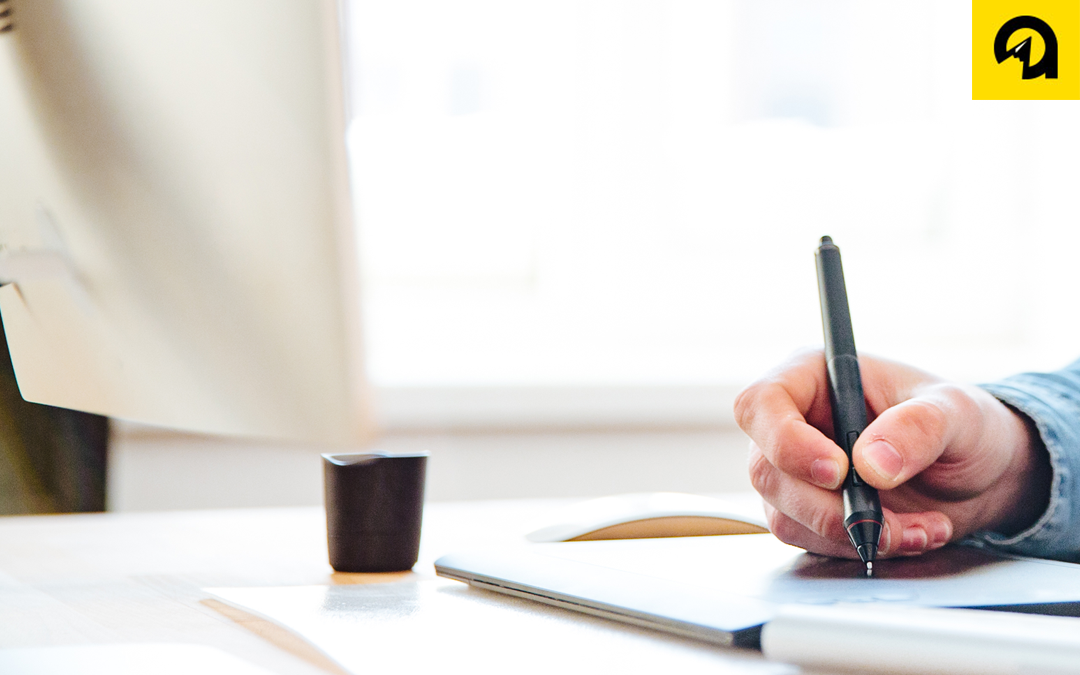Design Thinking is the process of using a designer’s sense and methods to find desirable solutions for clients. A designer’s mindset is focused on the solution rather than the problem and the ability to create a product with the future in mind rather than “keeping up” with the current market.
I believe Steve Jobs said it best: “Most people make the mistake of thinking design is what it looks like. People think it’s this veneer — that the designers are handed this box and told, ‘Make it look good!’ That’s not what we think design is. It’s not just what it looks like and feels like. Design is how it works.”
When implementing design principles into strategy and innovation, success rates only grow. Take Apple, Nike, Proctor & Gamble and IBM — all have implemented a creative lead strategy and have outperformed the S&P 500 by 219% over the past 10 years, according to the 2014 Design Value Index Results published by the Design Management Institute. These strategies aren’t void of standardized processes, but by leading with design, companies have been able to establish themselves as innovative leaders with jaw-dropping design.
Now that you know what Design Thinking is and where it has the capability to take you, let’s briefly discuss how to get started, keep your momentum going and ensure long-term success.
Implementation
Creative focused organizations are the most willing to adapt a new process and make necessary changes to advance efficiency and innovation. This methodology goes beyond success rates and cool products. Instead, organizations are now focused on how to think like designers. In simplest terms, the process can be boiled down to:
- Discover – Gather data to fully understand the need.
- Define – Define the need and search out patterns and insights. Define your scope.
- Ideate – Challenge and experiment. Explore new possibilities.
- Prototype – Start creating solutions and adjust on failures and end-users.
- Deliver – Put it all together, final test and launch.
This isn’t a set in stone process, and it doesn’t have to be followed step by step. A good solution will travel forwards and backwards through the process from Prototype back to Ideate and sometimes all the way back to Discovery. Understand the process as a guide to individual phases and challenges, and push it to its limits to satisfy your end user.
Break the Chains
Remove the chain of command and produce a zero-judgement environment. Create a place where you can openly express yourself without being looked down on. Removing the hierarchy in the room enhances the group activity on a project and reduces the feeling of coming up with a dumb idea. Why speak up if you’re going to be made fun of or looked down on for coming up with a bad idea? Establish an environment that puts everyone on equal ground and build on each other.
In addition, brainstorm sessions shouldn’t be focused on budget. If money is always on your mind, the creative process will quickly come to a halt. Budget in extra time for the Design Thinking process to take full effect. Coming up with solutions to complex problems are always going to cost a bit more, so plan on it at the start. The long-term money comes from a product that people want, not the cheap short-term alternate.
Track Your Progress
Most Design Thinkers have been victim of the “What do you think?” email, where a well-thought-out solution was simply presented in a single email attachment with the question “What do you think?”
Due to this, your progress needs to be tracked through every stage of the process. What were you inspired by? What research did you do to back up your approach? What failed prototypes do you have that lead you to your current solution? Being able to give tangible evidence allows you to track and pinpoint where you might have gone wrong in your process and will help you attack every step with critical questions that the end user may face. In this way, product issues will hopefully be solved before getting to the end user, and a more creative solution will always emerge.
Design Thinking Takeaway
Design Thinking contrasts the scientific process of testing the known aspects of a product with the intention of improving a product by analyzing the unknown. Design Thinkers should constantly be questioning every aspect of a project to produce the best results and the enhance the final product. The center of Design Thinking is simply digging deep to reveal a better user experience and a more beautiful product. Adapt the concept to fit your organization’s needs and start creating inspirational products will help set you up for success.
If you’d like to get your idea, service or product into the minds of our creative designers, please give us a call at 701-478-1111 and ask to speak with a Marketing Advisor, or contact us at absolutemg.com/contact.

